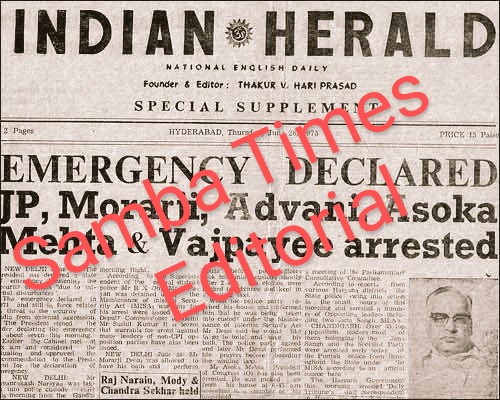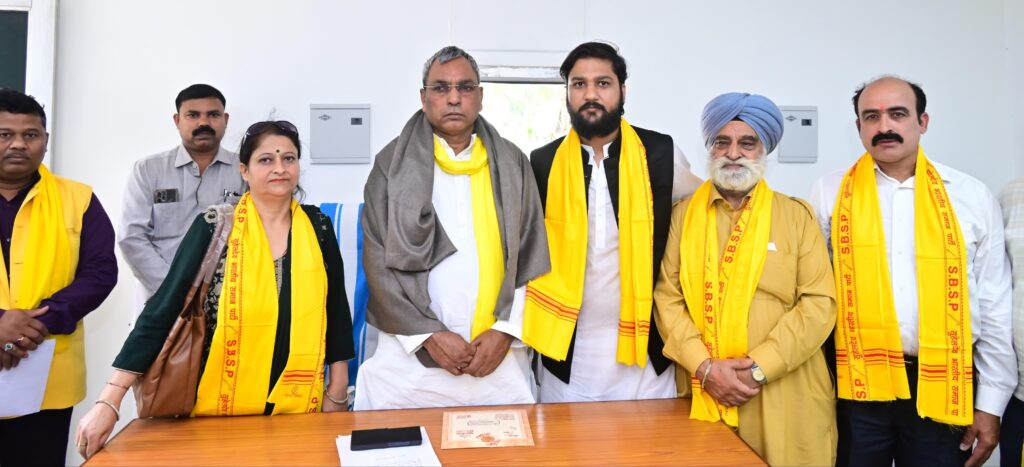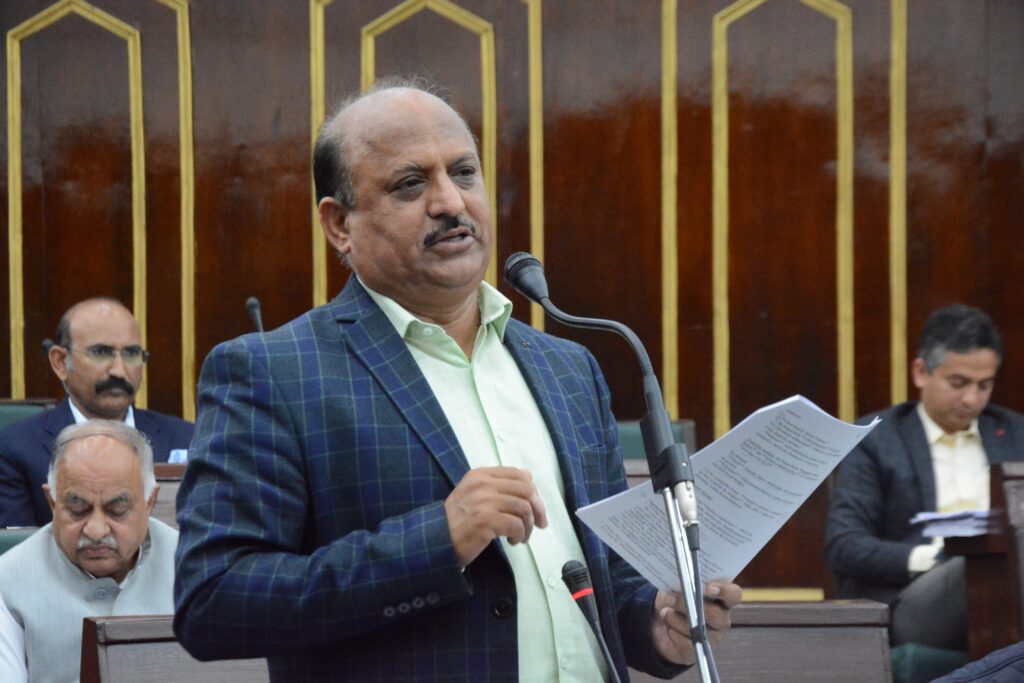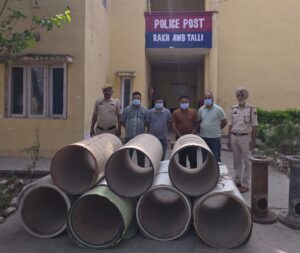Emergency at 50: Revisiting India’s 21 Months of Political Turmoil

On June 25, 1975, Indira Gandhi, the then Prime Minister of India, imposed a state of emergency across the country. This period, lasting 21 months until March 21, 1977, is often regarded as
one of the most controversial and darkest chapters in Indian democratic history.
Background and Causes
The emergency was officially declared due to internal disturbances, but several factors led to this drastic step:
1. **Political Instability**
The political climate was highly unstable with increasing opposition to Indira Gandhi’s rule. The opposition parties were uniting against her policies and governance.
2. **Judicial Pressure**
A significant trigger was the June 12, 1975, judgment by the Allahabad High Court, which found Indira Gandhi guilty of electoral malpractice during the 1971 elections and invalidated her election. This verdict put her position at risk and intensified the political crisis.
3. **Economic Issues**
India was facing severe economic challenges, including inflation, food shortages, and unemployment, leading to widespread discontent.
4. **Social Unrest**
There were growing movements led by opposition leaders like Jayaprakash Narayan, who called for a “total revolution” to address the corruption and inefficiency of the government.
Declaration of Emergency
Indira Gandhi advised the President of India, Fakhruddin Ali Ahmed, to declare a state of emergency under Article 352 of the Indian Constitution. This allowed the central government to assume sweeping powers, citing threats to national security and public order.
Consequences of the Emergency
1. **Suspension of Civil Liberties**
Fundamental rights were suspended, including the right to freedom of speech and expression, assembly, and the press. Thousands of political opponents, journalists, and activists were arrested and detained without trial.
2. **Censorship**
The media was heavily censored. Publications critical of the government were shut down or forced to comply with government directives.
3. **Political Repression**
Opposition leaders and activists were jailed, and many went underground. Prominent figures like Jayaprakash Narayan, Morarji Desai, and Atal Bihari Vajpayee were imprisoned.
4. **Forced Sterilization**
One of the most controversial policies was the forced sterilization campaign led by Indira Gandhi’s son, Sanjay Gandhi. This was part of a population control initiative that led to widespread abuse and coercion.
5. **Amendments and Laws**
The government enacted numerous constitutional amendments and laws to consolidate its power. The 42nd Amendment, in particular, aimed at curbing the judiciary’s power and extending the duration of the Lok Sabha.
6. **Economic Reforms**
Although the emergency saw some economic measures aimed at improving efficiency and curbing black money, these were overshadowed by the widespread abuses of power.
End of Emergency
The emergency ended on March 21, 1977. Indira Gandhi called for general elections, likely believing that her control over the state machinery would ensure her victory. However, the elections resulted in a resounding defeat for the Congress Party, and the Janata Party coalition came to power, marking the first time a non-Congress government ruled India.
Legacy
The emergency period left a lasting impact on Indian politics and society:-
**Strengthening of Democratic Institutions**
The excesses of the emergency led to a renewed emphasis on protecting democratic institutions and civil liberties.-
**Legal Safeguards**
Subsequent governments introduced legal safeguards to prevent the misuse of emergency provisions in the future.
**Political Awareness**
The period heightened political awareness and activism among the populace and exposed the dangers of unchecked executive power. In retrospect, the emergency remains a stark reminder of the fragility of democratic institutions and the need for constant vigilance to safeguard freedoms and rights.





